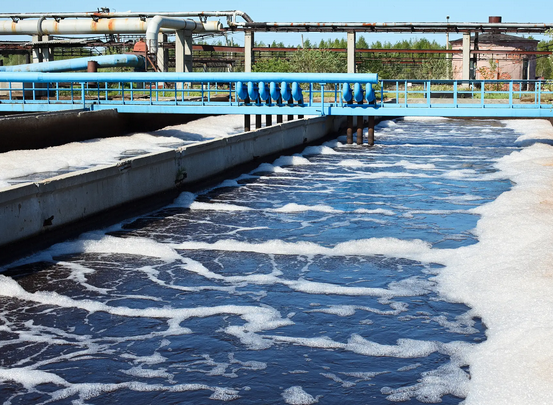Selection of water pumps for textile mill wastewater treatment
The selection of water pumps for textile wastewater treatment is a comprehensive decision-making process, which requires consideration of multiple aspects such as wastewater characteristics, treatment process, water pump type and its performance parameters. The following is a detailed analysis of the selection of water pumps for textile wastewater treatment:
1. Analysis of wastewater characteristics
Textile wastewater usually contains impurities such as fibers, dyes, auxiliaries, grease, etc., and has the characteristics of high suspended matter content, high chroma, and high organic matter concentration. Therefore, when selecting a water pump, special attention should be paid to the anti-blocking, corrosion resistance and wear resistance of the water pump.
2. Treatment process requirements
The wastewater treatment process of a textile factory usually includes pretreatment, biochemical treatment, and deep treatment. Different treatment links have different requirements for water pumps. For example, the pretreatment link may require the water pump to have strong conveying capacity and anti-blocking; the biochemical treatment link may require the water pump to have a stable flow and head; the deep treatment link may require the water pump to have corrosion resistance and wear resistance.
3. Selection of water pump type
Centrifugal pump:
Advantages: simple structure, stable operation, and easy maintenance.
Applicable scenarios: Suitable for conveying clean water or wastewater containing a small amount of suspended matter. In the treatment of textile wastewater, if the content of suspended solids in the wastewater is moderate, the centrifugal pump is a good choice. However, it is necessary to pay attention to its anti-clogging performance to avoid being blocked by impurities such as fibers.
Screw pump:
Advantages: high conveying pressure, stable flow, strong self-priming ability, and good adaptability to fibers and other entanglements.
Applicable scenarios: suitable for conveying high-concentration wastewater containing particles. In the treatment of textile wastewater, if the wastewater contains a large amount of fibers, yarns and other entanglements, the screw pump can better adapt to this environment.
Submersible pump:
Advantages: easy installation, small footprint, low noise, suitable for occasions where wastewater needs to be lifted or transported.
Applicable scenarios: suitable for scenarios where wastewater is lifted from a low place to a high place for treatment. In the treatment of textile wastewater, if the wastewater needs to be lifted from a sump or regulating tank to a subsequent treatment unit, a submersible pump is a suitable choice.
Other types of water pumps:
Such as diaphragm pumps, magnetic pumps, etc., these water pumps also have good applicability in certain specific scenarios. For example, diaphragm pumps are suitable for conveying corrosive liquids; magnetic pumps are suitable for occasions that require no leakage.
4. Consideration of pump performance parameters
Flow rate: Determine the required flow rate based on the actual needs of textile factory wastewater treatment. Generally speaking, the larger the wastewater treatment volume, the larger the required pump flow rate.
Head: Determine the required head based on the lifting height of the wastewater in the wastewater treatment system. If the lifting height is high, a pump with a larger head should be selected.
Efficiency: Give priority to pumps with higher efficiency to reduce energy consumption and operating costs.
Material: Select the material of the pump based on the corrosiveness of the wastewater. If the wastewater contains corrosive substances, a pump material with good corrosion resistance, such as stainless steel, should be selected.





